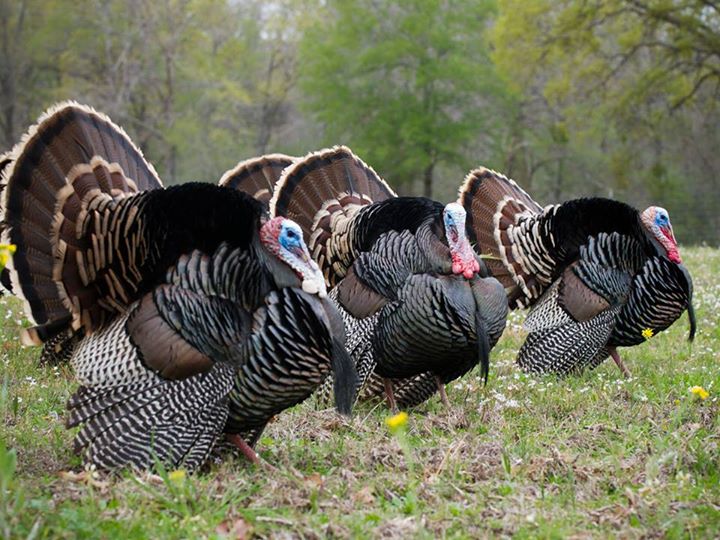Takedown Turkey Talk

By: Hunter Nelson

It’s that time of year again where the snow has finally melted, the grass is turning green, the birds are chirping and most importantly the turkeys are gobbling! Spring turkey season is something I look forward to every year. Having a tom strutting ten yards away and feeling the ground shake with every gobble is quite the adrenaline rush.
Here are four tips to getting that longbeard into shooting range:
Scouting: You have to put in the miles to find where the birds are at. Most importantly, locate the roost then the feeding areas. Figuring out a pattern will give you the advantage in closing the distance on that tom. A very affective technique is to get the turkeys to “shock gobble” which is done using just about any loud noise from a crow call to the honk of a horn. Getting a tom to gobble on the roost will give away his position benefiting you for your morning hunt since you’ll know exactly where to go.
Practice: At the end of the day it all comes down to the shot. Whether your weapon of choice is a shotgun or bow, you better be sighted in when it comes down to that final moment. Patterning your shotgun is a good way to find out your shooting limits. Draw out to size a turkey’s head and neck area on a target. Set out the target from 20-45 yards while taking shots at different distances with a new target each shot. Afterwards, you can analyze how many pellets are hitting the vital area. Practicing this way will make you more confident when taking the shot.
Calling: It can make or break the hunt. Good calling at the right time is the key to success. The most common technique to calling in toms is imitating a hen using yelps, clucks, cuts, and purrs. To learn these calls it is best to learn from an experienced hunter or an instructional DVD. I like to bring an assortment of calls on the hunt with me. The weather also factors into which call I use. Windy versus calm days will dictate how much volume to put into the call to get the birds to hear you.
Concealment: When it comes to turkey hunting there is no such thing as overkill in regards to your camouflage. Camo is your best friend when those hens hold up in your decoys waiting for that tom to step into range. Although turkeys can’t smell, their eye sight is excellent. I recommend wearing camouflage from head to toe with face paint or a mask on to have minimal skin showing.
Hopefully these tips will lead to your success out in the field this season. Now get out there and bag your bird!



